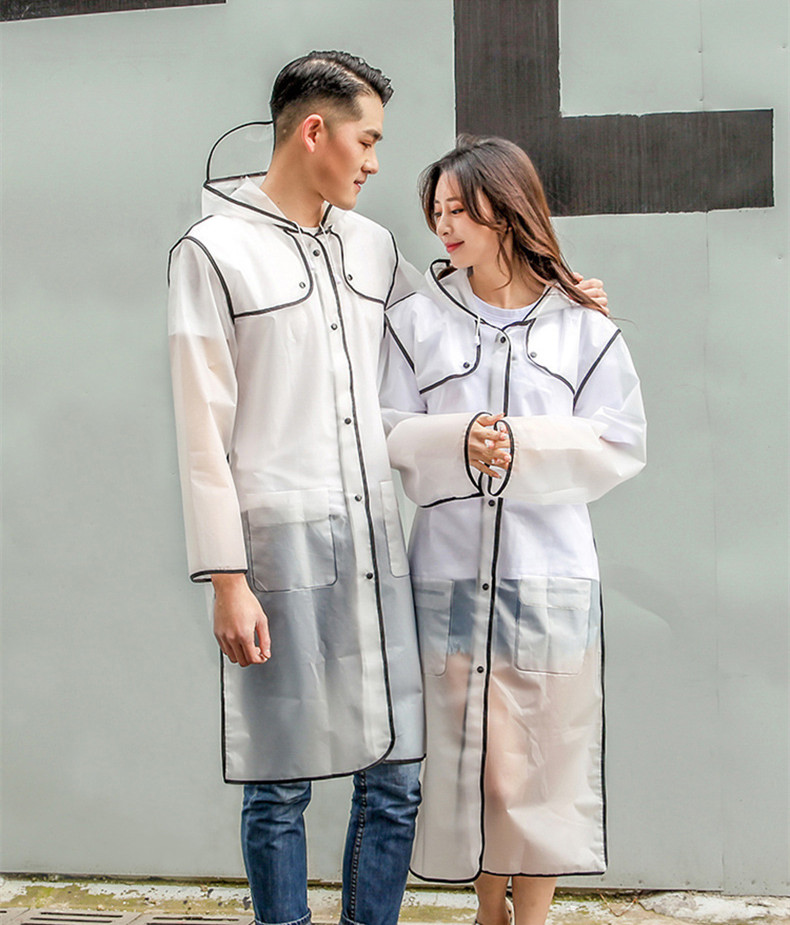 rainwears@163.com may@may-rain.com
rainwears@163.com may@may-rain.com Mon to Friday: 8.00 am - 7.00 pm
Mon to Friday: 8.00 am - 7.00 pm
camping tent
The Great Outdoors Choosing the Perfect Camping Tent
Camping is one of the most rewarding ways to reconnect with nature, escape the hustle and bustle of everyday life, and create unforgettable memories with friends and family. At the heart of any camping adventure lies a critical component the camping tent. Choosing the ideal tent can make or break your experience, so it’s essential to understand what to look for when selecting the perfect shelter for your outdoor excursions.
Types of Camping Tents
When it comes to camping tents, there are several types designed to meet various needs and styles of camping. The most common options include
1. Backpacking Tents Lightweight and compact, these tents are ideal for those who trek into the wilderness carrying their gear. They are designed for easy setup, quick packing, and often come with features aimed at maximizing space while minimizing weight.
2. Family Tents Larger and more spacious, family tents can accommodate multiple people. They typically offer vertical walls for extra headroom and additional pockets for storing gear. Some models even come with room dividers to create separate sleeping areas, making them perfect for family camping trips.
3. Camping Hammocks Not technically a tent, hammocks provide a unique alternative for outdoor sleeping. They are lightweight, easy to set up, and can be hung between trees, perfect for those who prefer a more minimalistic approach to camping.
4. Rooftop Tents These tents are mounted on top of your vehicle, allowing for quick access and the ability to camp in rough terrains. Rooftop tents offer a unique experience, providing a comfortable sleeping platform away from the ground and potential pests.
Key Features to Consider
When selecting a camping tent, there are several key features to consider
camping tent

1. Capacity Determine how many people will be using the tent. It’s wise to choose a tent with a slightly higher capacity than needed to allow for gear storage and added comfort.
2. Weather Resistance Look for a tent that can withstand the elements. Features like rainfly, waterproof materials, and sturdy poles are crucial for staying dry and comfortable during unexpected weather changes.
3. Setup Time Some tents are easier to set up than others. If you plan to set up camp after a long hike, opt for a tent with a manageable setup process, such as pop-up models or those with color-coded poles.
4. Weight and Packability If you’re backpacking, weight is a significant factor. Choose a tent that is lightweight and packs compactly in your backpack.
5. Ventilation Good ventilation is essential to prevent condensation inside the tent. Look for models with mesh panels and multiple entry points for improved airflow.
Campground Etiquette
Once you’ve chosen the perfect tent, it’s essential to observe camping etiquette. Make sure to set up your tent in designated areas, respect quiet hours, and clean up after your stay. Leaving no trace is vital in preserving the beauty of nature for future generations.
Final Thoughts
Selecting the right camping tent can enhance your outdoor experience significantly. By considering your camping style, the number of occupants, and essential features, you can find a tent that meets your needs. So, pack your gear, find your perfect campsite, and immerse yourself in the beauty of nature. Happy camping!
-
Children's Fashion Waterproof Printed Raincoats | Kids Gear
NewsJul.31,2025
-
Silver Printed Women’s Jacket – Stylish, Lightweight & Trendy Outerwear
NewsJul.30,2025
-
Fashionable Design Long Raincoat Rain Poncho Waterproof Polyester
NewsJul.30,2025
-
High Lighting Reflective Rain Jacket Windbreaker Safety Jacket for Adult
NewsJul.29,2025
-
Disposable PE Rain Poncho - Lightweight, Waterproof, Easy to Carry
NewsJul.29,2025
-
Stylish Lady Coat Women Jacket – Trendy & Elegant Outerwear
NewsJul.29,2025































